The Civil and Environmental Department is engaged in detailed research that aims to maximize local resources.
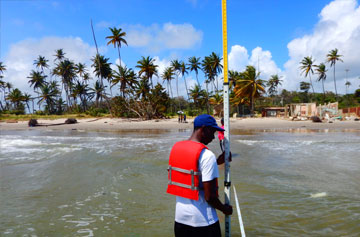
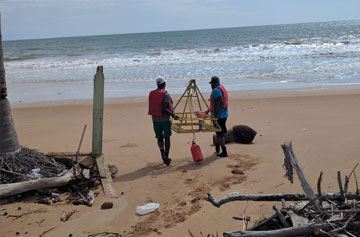
The purpose of the UWI-Trinidad and Tobago RDI (Research and Development Impact) Fund is to support impacting research that addresses pressing challenges faced by our society and contribute to the advancement of national and regional development.
The RDI Fund seeks to build on the UWI’s reputation for outstanding scholarly work in key development areas and its recognition as the leading institution on Caribbean issues.
The six (6) priority areas supported by the RDI Fund are:
Climate Change and Environmental Issues
Crime, Violence and Citizen Security
Economic Diversification and Sector Competitiveness
Finance and Entrepreneurship
Public Health
Technology and Society: Enhancing Efficiency, Competitiveness and Social and Cultural well being
Please visit the RDI Fund site at http://rdieastcoast.org/ for further information.
Ms. Shani Brathwaite (MPhil Candidate)
The influence of swash infiltration on maximum wave run-up
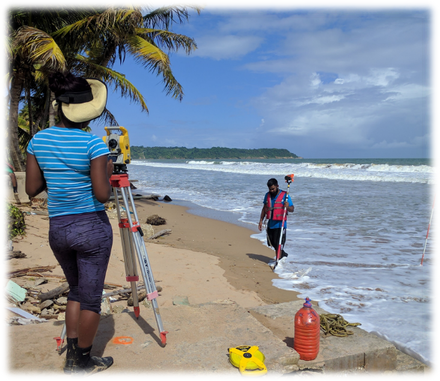
This study investigates to what extent swash infiltration influences maximum wave run-up limits. It is a relatively new area of study where field experiments are concerned and aims at improving the predictive capabilities of existing wave run-up formulae. This research also looks at various techniques available to observe wave run-up and how they may be applicable to different project requirements. See full document.
Mr. Anton Ali (PhD Candidate)
The Development of a Discrete Particle Model (DPM) to be applied in the swash zone.
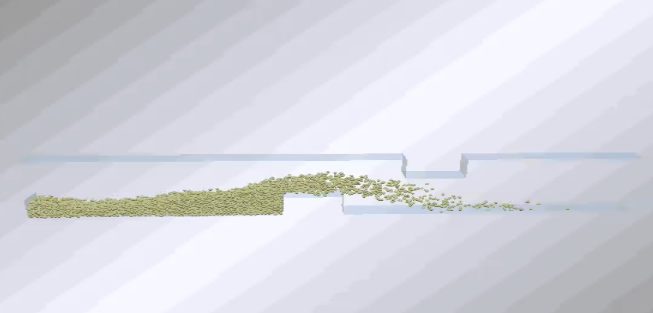
The swash zone has increasing been the center of much attention in recent times due to the need of improved predictive models for coastal protection strategies. The majority of formulations applied within the zone originate from riverine studies, resulting in inaccurate predictions of the zone morphodynamics. The research is centered at developing a formulation which would more accurately describes the mechanisms within the swash zone as it pertains to the sediment dynamics and hydrodynamics. A numerical stand point is chosen for the model development due to the relatively high computational resources of the age presently available, as well the ease of which variable can be controlled. Currently, the model is in the development stage, initial simulations for flow across the top layer of a saturated soil block are presented. The water velocity vary in time from 0m/s to 0.6m/s over a period of 2s and the soil block contains 6mm diameter grains with a density of 2.65g/cm3. See full document.
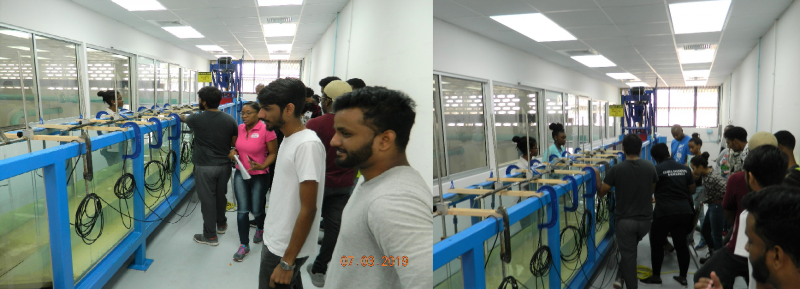
The Department is actively aiming to establish a coastal research flume to augment the work done in the Department. The flume is only 10m long, but seeks to fill that gap in the research done locally. The frame has already been installed and the wave generator is to be installed by September 2018.